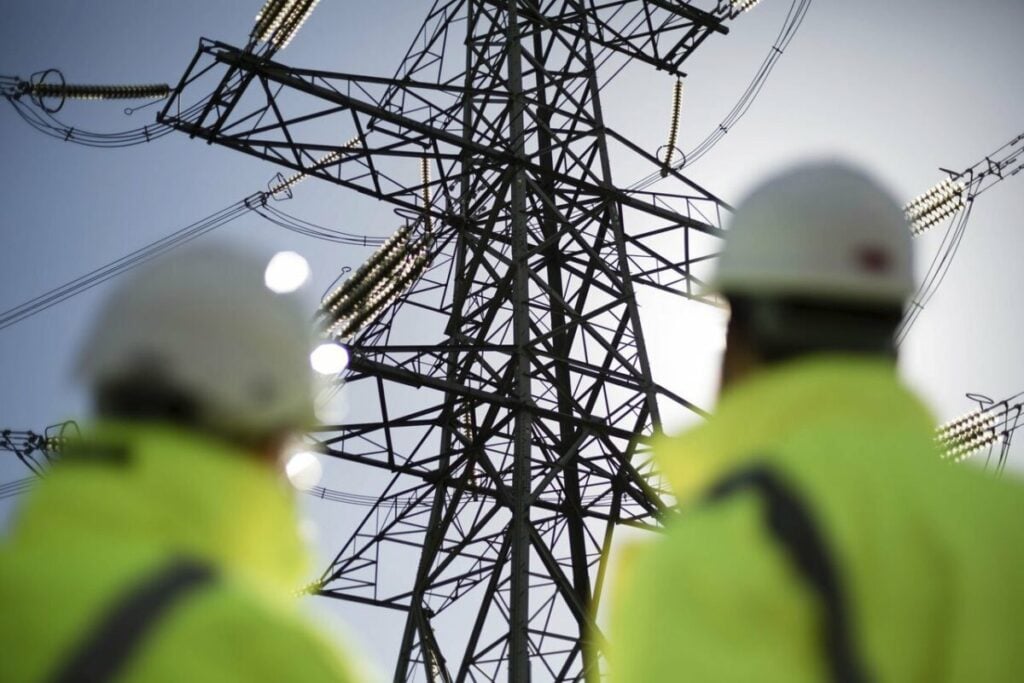The National Energy System Operator (NESO) has awarded five contracts for inertia provisions between October 2025 and September 2026.
The contracts, worth £24.5 million, will see five providers deliver 5 gigavolt amps per second (GVA.s) of inertia for the inaugural Mid-Term (Y-1) stability market delivery year between October 2025 and September 2026. According to NESO, the awarded contracts could save consumers £47.3 million over the period.
Inertia was traditionally a by-product of the kinetic energy in the spinning aspects of traditional fossil fuel power stations. As the country moves away from power sources like coal towards renewables, there is an increasing need to procure inertia separately to ensure the stability of the grid.
Four of the contracts were awarded to projects overseen by power generator Drax: two rapid response gas power plants (Millbrook and Progress Power), one gas-fired power station (Hirwaun) and its pumped storage hydro station, the Cruachan Power Station.
Also awarded was Deeside Power Station, which in 2021 was decommissioned as a gas power plant and signed onto a six year contract with National Grid ESO to provide system support—in what the operator said was a world first power system stability contract, the turbine rotors provide standalone system support services without generating any electricity.
Under the Stability Market Design, which develops grid stability services across several timescales, three markets for stability services were established to support the long-term operation and resilience of the electricity system.
Those markets are:
- Long-Term (Y-4), providing a four year delivery window
- Mid-Term (Y-1) for delivery across a year
- Short-Term (D-1) for delivery on a rolling day ahead basis
The first tender for the Mid-Term market was issued last year by National Grid ESO (now transitioned into NESO) as a priority to access inertia capability from existing assets on a high-availability basis.
Annual contracts offer revenue certainty for market participants and reduce risk for NESO as periods of low inertia become more frequent and unpredictable. In a Current± Briefings webinar in 2022, ESO operability manager Shurooque Baroch said that to operate a zero carbon system by 2025, minimum system inertia could be as low as 96GVA.s—current levels on the grid are 120GVA.s.
NESO must always operate the power system above the minimum target inertia threshold, which is 120GVA.s.
NESO’s awarding of contracts follows Irish grid operator EirGrid provisioning synchronous condensers to provide low carbon inertia services (LCIS) to the grid, expected to be delivered between 2027 and 2028.
The key difference is that Eirgrid’s contracts are all low-carbon; EirGrid revealed earlier this year that it had reduced the minimum number of large conventional fossil-fuelled generators that must operate on Ireland’s electricity grid at any one time from five to four.






